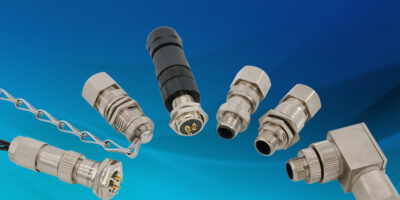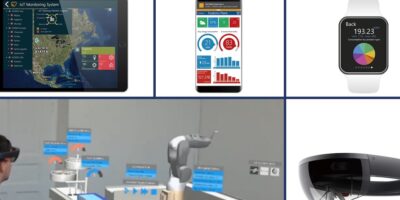High-temperature autonomous systems require active cooling to ensure proper, long life performance. Laird Thermal Systems has designed thermoelectric coolers specifically to operate in high temperature environments such as advanced driver assistance systems (ADAS) and other autonomous systems applications.
Active cooling is required to ensure the reliable operation of the imaging sensors, cameras and lasers used in ADAS and autonomous vehicles. The reason for this is that most of these optical devices, including CMOS sensors and laser diodes, are heat-sensitive and rely on high resolution images for proper operation.
“ADAS systems cannot operate without the continuous capture of high-resolution images. In autonomous vehicle applications, for example, as many as 12 imaging sensors are operating simultaneously to create a 360 degree view around the vehicle, so failure is not an option,” said Andrew Dereka, product director at Laird Thermal Systems.
Image quality can quickly deteriorate as the device temperatures rise above 60 degrees C, advises Laird. In ADAS applications, where temperatures can reach +85 degrees C, passive cooling of laser and CMOS sensor using thermal greases and heat sinks can lead to premature system failure, threatening road safety.
Using thermolectrics for active cooling pumps heat away from sensitive electronics while the surrounding environment remains hot. Laird Thermal Systems’ HiTemp ETX series of thermoelectric coolers are specifically designed to operate in high-temperature environments.
The solid state heat pump devices do not have moving parts, fluids or gasses. Utilising the Peltier effect, thermoelectric coolers offer an efficient cooling system for a wide range of optical sensors used in ADAS, collision avoidance and other autonomous system technologies. The HiTemp ETX series thermoelectric coolers have a cooling capacity from 7.0 to 322W to effectively cool components in temperatures up to +120 degrees C. While standard thermoelectric materials can reach temperature differentials up to 78 degrees C with Th of 50 degrees C, the HiTemp ETX thermoelectric cooler creates a maximum temperature differential of 83 degrees C, reports Laird.
Serving applications with tight geometrical space constraints, the HiTemp ETX thermoelectric coolers have a compact footprint. The thermoelectric coolers can be integrated directly into the laser or CMOS sensor assembly to provide more effective spot cooling. A heat sink or other heat exchanger rapidly dissipates heat away from sensitive components. The HiTemp ETX thermoelectric cooler’s design also prevents thermal shorting and protect sensors from moisture intrusion and outgassing.
The HiTemp ETX series includes more than 50 models with a variety of heat pumping capacities, sizes and voltage inputs.







